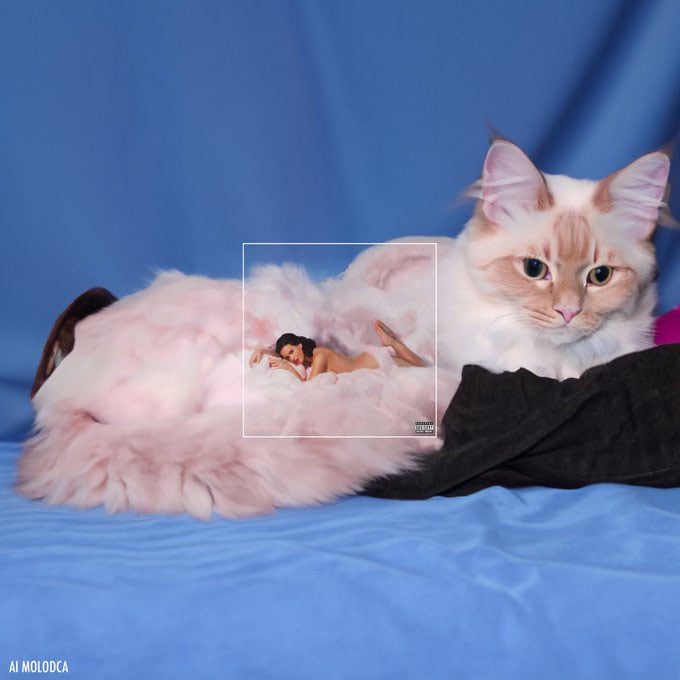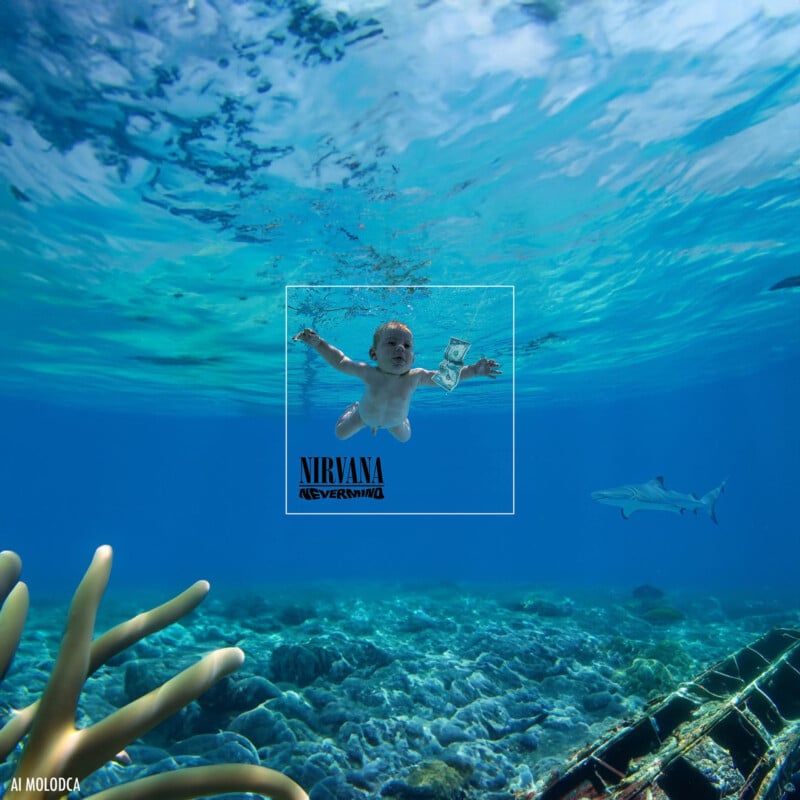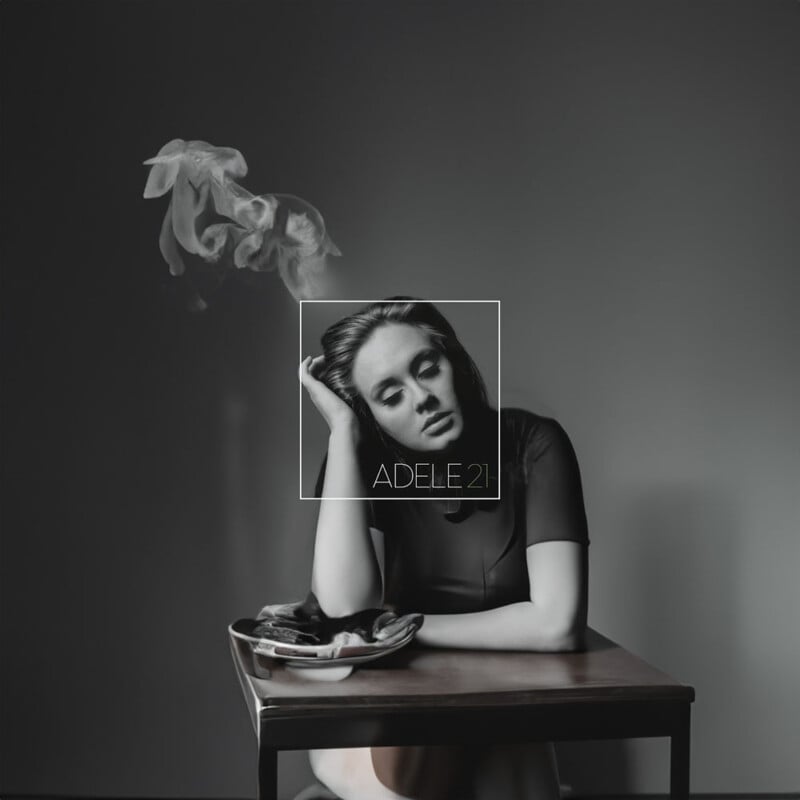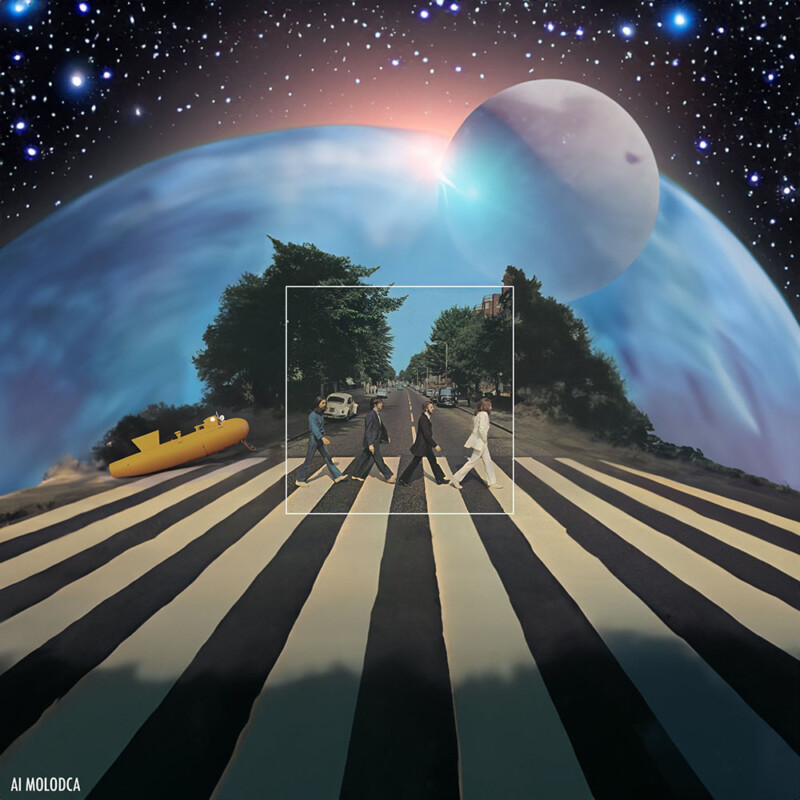So, Who Owns a Photo Expanded by Adobe Generative Fill?
![]()
By this point, you’ve probably seen Adobe’s beta of Generative Fill in Photoshop, which allows you to expand a photo beyond its original borders. It is an incredible feat of technology, but brings up complicated questions: who owns that new, expanded photo? Is it copyrightable?
Beyond that, is that new photo covered by the copyright protections of the image used at the center? Basically, if a person took one one of your photos and used Generative Fill to create a larger picture, would they be able to claim it as new art? Would you be able to tell them to stop?
It sounds like questions that would have a solid answer, but given the state of legal cases and rules regarding AI, what could come off as a reasonable response to photographers is very likely far more complicated.
“Generative Fill is really jaw-dropping technology, but as you mention, there are many copyright issues inherent in this type of creation,” Thomas Maddrey, Chief Legal Officer and Head of National Content and Education First at the American Society of Media Photographers (ASMP) tells PetaPixel.
“Like all generative AI models currently available, we remain concerned about the ownership and copyright protections afforded to the images used to ‘train’ the AI models. Second, however, is what you raise: the output, and if the output itself can be enough to create a new work under existing copyright law when added to an existing photograph.”
Generative Filled Art Probably Isn’t Copyrightable
We should look at what the United States Copyright Office (USCO) thinks. Unfortunately, it wasn’t willing to comment about specific new technologies and that makes sense — things are moving too quickly for it to spend time specifically addressing each new AI technology.

“The Copyright Office declines to comment on any specific AI technologies. We would refer you to our recent policy statement on copyright registration for works containing components generated by AI, as well as our recent listening session on the impact of AI on visual arts works,” the Office tells PetaPixel.
That policy statement actually points to a case PetaPixel covered earlier this year, where the Office rescinded a copyright it had granted to an AI-generated comic.
“The Office reviewed a registration for a work containing human-authored elements combined with AI-generated images,” the Office says.
“The Office concluded that a graphic novel comprised of human-authored text combined with images generated by the AI service Midjourney constituted a copyrightable work, but that the individual images themselves could not be protected by copyright,” the Office says.

“In the Office’s view, it is well-established that copyright can protect only material that is the product of human creativity.”
Basically, while the images did have human input, they were entirely AI-generated and thus were not copyrightable. The only copyrightable material was the text, which did not involve AI at all.
“Under current copyright office guidelines, the portions of an image that were created with generative AI technologies would need to be disclosed and disclaimed as part of the registration process,” Maddrey says.

On that note, the USCO has said that, “for example, when an AI technology receives solely a prompt from a human and produces complex written, visual, or musical works in response, the ‘traditional elements of authorship’ are determined and executed by the technology—not the human user… As a result, that material is not protected by copyright and must be disclaimed in a registration application.”
Luckily, it does seem like there is some level of certainty around this one aspect of Generative Fill. Unfortunately, it doesn’t stay that way.
‘New’ Art Made with Copyrighted Images is Probably Protected
The second main question on this topic is whether or not you as a photographer can legally stop someone from using your work as the basis of new work that is expanded using Generative Fill.
On the surface, the answer seems like it will be “yes,” but unfortunately it’s not cut and dry.
“We would argue that the addition of material in this way would not constitute a new work such that the underlying copyright protections could be stripped from the original author. The USCO won’t accept it as work subject to registration,” Maddrey says.

Maddrey adds that the position of the ASMP would be yes, a photographer would have legal standing to go after someone who was using their work without permission to create new work using AI. However…
“Of course [the AI user] then could raise the affirmative defense of fair use, but that opens up a whole other can of worms that the courts are just now starting to implement in light of Warhol v. Goldsmith.”
And that is the sticking point: would it qualify as fair use? The results of the recently decided Warhol v. Goldsmith case seems to indicate that expanding an image using AI wouldn’t be enough to constitute fair use, since the Supreme Court chose to eliminate the oft-used point raised in fair use analysis: simply adding “some new expression, meaning or message” does not, in and of itself, create a transformational use.
But does that wholly close the book on this specific type of generative AI? As Maddrey notes, we wouldn’t likely know until a case went to court. Photographers are probably able to protect their copyrighted photos against this kind of use, but that’s the key word — probably.
This Story Isn’t Over
Artificial intelligence (AI) generated artwork has become a mix of a minefield and whack-a-mole. There are constantly new questions emerging as new technologies come to market. So even if one decision is made regarding AI-generated work, multiple more pop up to take it’s place.

I know many, many of you are tired of hearing about AI, and I get it. It’s an exhausting topic that seems to just never end. But these types of discussions are hugely important because they have a direct impact on your rights and protections as photographers.
Several years ago at Adobe MAX, Adobe announced that it was working on software that could change voices to any other voice inside of Audition called VoCo. The ramifications of that technology were too severe and the level of disinformation that could come from it sounded warning bells across the tech space. Adobe eventually agreed, and never released it.
But despite the myriad problems with Generative Fill, Adobe already has this available to the public as a beta. Did the company consider the ramifications of what it was putting in a highly accessible photo editor? Adobe did not respond to PetaPixel‘s request for comment on this story, so we don’t know.
It is very unlikely that it would put the rabbit back in the hat now, so photographers will have to adjust and know that this technology is not only not going away, but it is also only going to get more powerful.
This story is part of PetaPixel’s weekly newsletter Clipped Highlights.
What is Clipped Highlights?
Clipped Highlights is a free, curated, weekly newsletter that will be sent out every Wednesday morning and will focus on a few of the most important stories of the previous week and explain why they deserve your attention. This newsletter is different from our daily news brief in that it provides unique insights that can only be found in Clipped Highlights.
In addition to unique takes on the biggest stories in photography, art, and technology, Clipped Highlights will also serve to feature at least one photo series or art project that we think is worth your time to check out. So often in the technology and imaging space we focus on the how and not the what. We think that it’s just as important, if not more so, to look at the art created by photographers around the world as it is to celebrate the new technologies that makes that artwork possible.
If this kind of content sounds like something you’re interested in, we encourage you to subscribe to the free Clipped Highlights newsletter today. You can read this week’s edition right here, no subscription necessary, to make sure it’s something you want in your inbox.
We’ll also make sure to share each edition of Clipped Highlights here on PetaPixel so if you aren’t a fan of email, you won’t be forced to miss out on the weekly newsletter.
Image credits: Header photo by Matt Growcoot